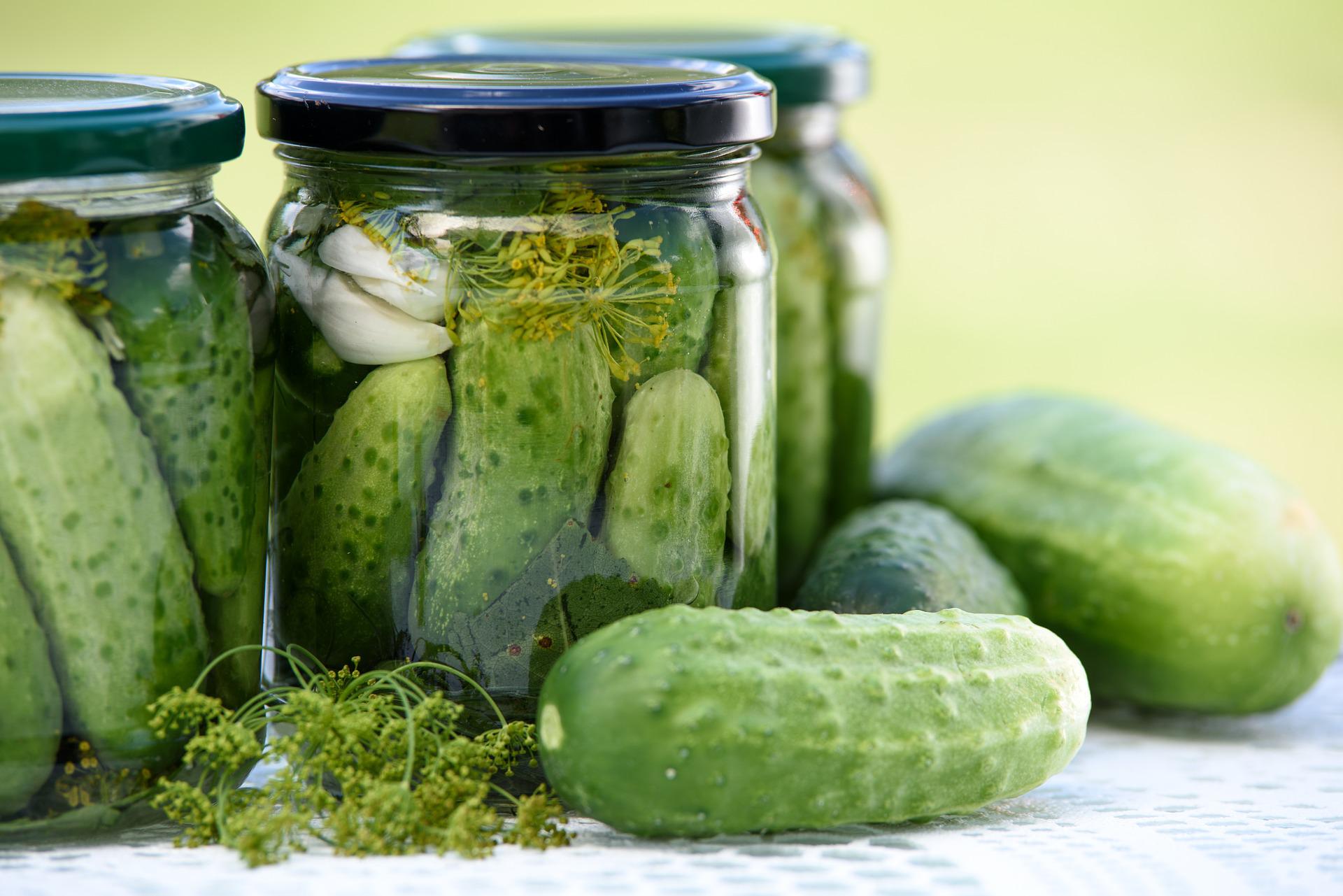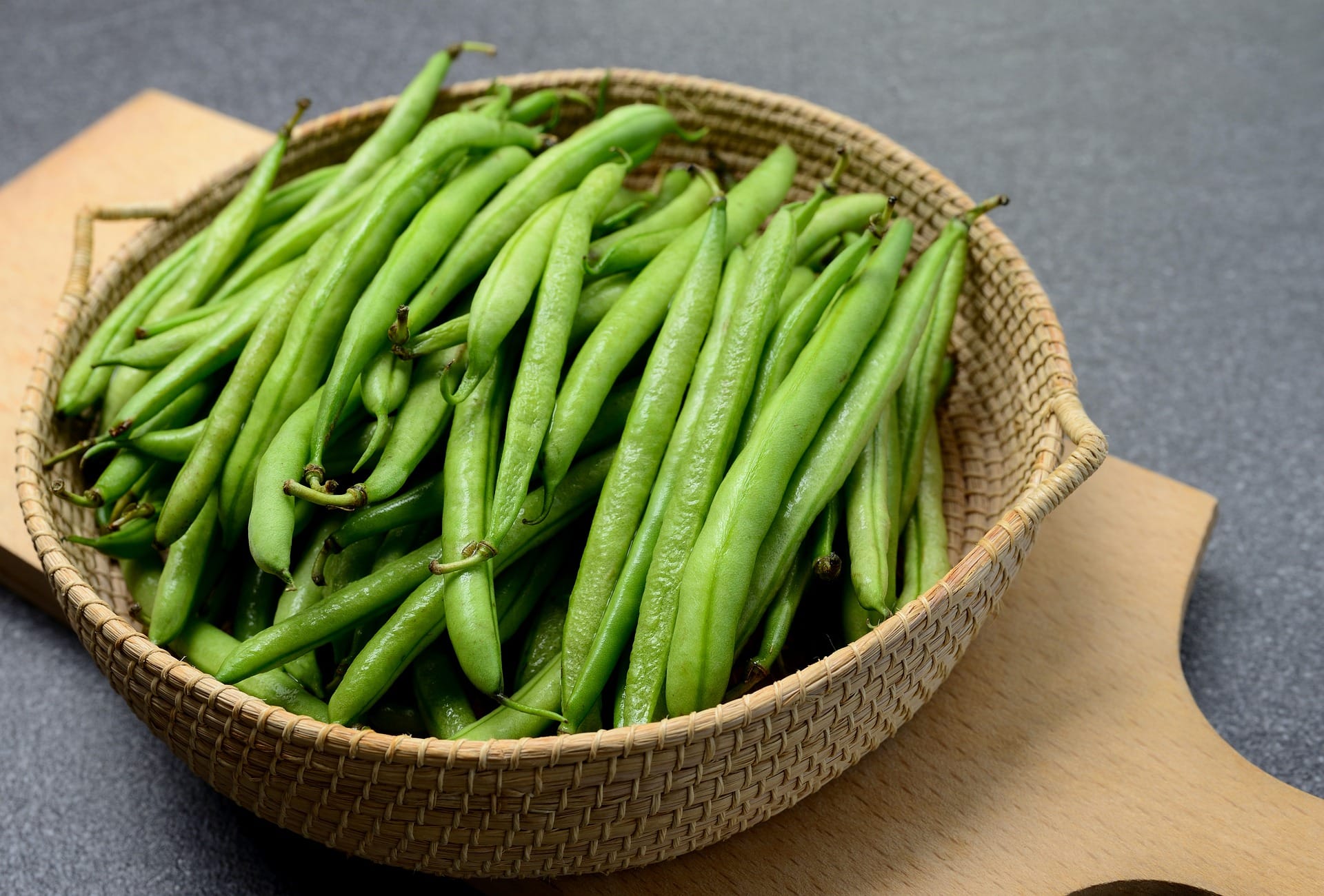As summer gets into full swing many people will start working on their gardens, or at least thinking about it. Growing fruits and vegetables in your backyard garden is an excellent way to stay active and to boost your diet but not everyone knows where to start.
Backyard gardening is both fun and rewarding, but depending on where you live not all plants grow year round. Whether you’re a seasoned gardener or if you’re starting on your first garden, when looking for best things to grow, here are the top 5 easiest plants to grow in most areas.
5 easy things that will grow in your garden
1) Tomatoes

Tomatoes are an excellent (and really the ultimate) vegetable to start when backyard gardening as they are hearty and easy to grow but still provide significant nutritional benefits.
If working on your first garden be sure to include tomatoes. Tomatoes are a great source of vitamins and minerals containing Folate (Vitamin B9), Vitamin K1, Vitamin C, Vitamin A, and Potassium. They are also packed with antioxidants.
Tomatoes are also a highly versatile vegetable (or fruit), so whether you want to turn them into a sauce, or add them to a sandwich, or simply eat them like an apple they can make a significant improvement to your diet.
2) Cucumbers

Another great summer vegetable and garden essential is the cucumber. Cucumbers are not quite as east to grow as tomatoes but they are still packed with nutrients. Cucumbers grow best in sandy soil and need almost full sunlight throughput the day. Because of this its best to grow cucumbers away from trees so they aren’t shaded and their roots can grow deeper without competing for water.
As we said cucumbers are packed with nutrition. Believe it or not one medium cucumber has 3 grams of protein. They also include about 3 grams of fiber, magnesium, potassium, vitamin K, vitamin C, and are about 95% water, so great for hydration. Cucumbers are also a great source of antioxidants which are believed to slow cell damage over time.
Cucumbers are an excellent garden plant for their health benefits but they are also naturally delicious and make a great addition to many different foods. You can add a cool crunch to your salad or a nice nutritional boost to sandwiches, or pastas.
3) Lettuce

Lettuce is a great leafy green to add to any garden. Lettuce is easy to grow and makes a great base for any salad. Loose leaf lettuce is generally the easiest to grow but head of lettuce, like iceberg lettuce, can also be easy to grow. However, if you are feeling impatient about eating a home grown salad loose leaf lettuce will grow a little faster.
There are many varieties of lettuce with each bringing slightly different benefits. However, most varieties of lettuce have many of the same nutrients.
One big benefit of lettuce is hydration. Water makes up a large percentage of lettuce so it helps you stay hydrated after a meal. Lettuce is also a good source of vitamin K which helps with bone strength, and vitamin A which promotes eyesight and your immune system.
Nothing is quite as good as a fresh salad from your own garden and its a great way to combine many of the other fruits or vegetable that you are growing.
4) Bell Peppers

When reading up on gardening 101, you’ll find that bell peppers are an excellent addition to any home garden. They prefer warmer weather so early summer or fall are good time to plant. Bell peppers need a good amount of water so its important to make sure they get 1-2 inches of water each week. Bell peppers also have deep roots so planting them in a flat area helps any water seep down to their roots.
Red, orange, yellow, and green bell peppers are all full of nutrients but red bell peppers are the healthiest as they have had the longest time to ripen. Bell peppers are an excellent way to get vitamin A and C as well as iron, fiber, and vitamin B9 (folate).
Bell peppers are great by themselves but if you don’t like them raw a cooked bell pepper is still full of nutrients but with a little less vitamin A.
5) Green Beans

Green beans are an excellent plant to grow during the summer and a good option for a first garden. Green Beans grow best between 65 and 85 degrees with at least 6 hours of direct sunlight every day. Green beans need water regularly but their roots can rot if left in a damp environment for extended periods of time.
Green beans are high in vitamin K and vitamin B. They also contain folate, and silicone which help your body maintain healthy skin, bones, and hair. Green beans are another heart healthy choice as well. With roughly 2.5 grams of fiber per cup of raw green beans they can help with bad cholesterol and unhealthy blood pressure.
Green Beans are a great option but its important to remember they lose a lot of their nutritional value when cooked. If you want to get the most out of your green beans its best to eat them raw or lightly cooked.
The Takeaway
Every garden is different and you should fill yours with the foods that you love most. However, of you aren’t sure what to plant these 5 garden essentials above are great options for getting started especially for your first garden.
It’s also important to remember that just like your garden, health and wellness can take time. By being patient and sticking to your plans you can improve your your health and your yard in one go.

